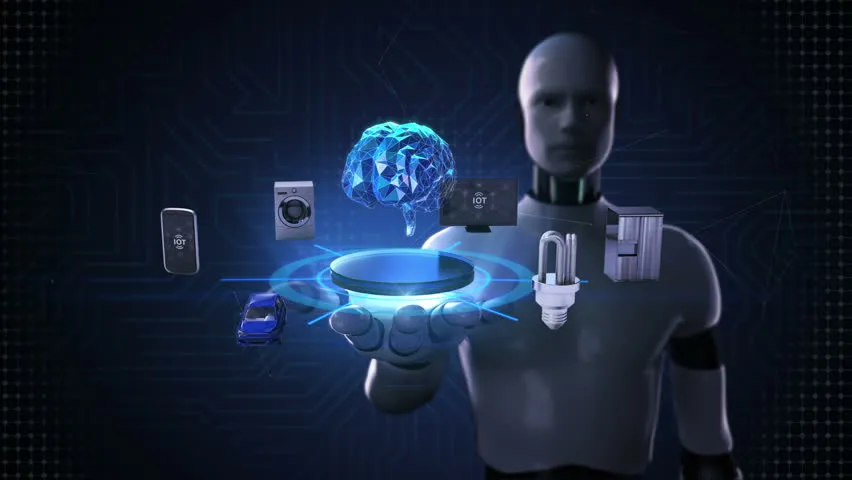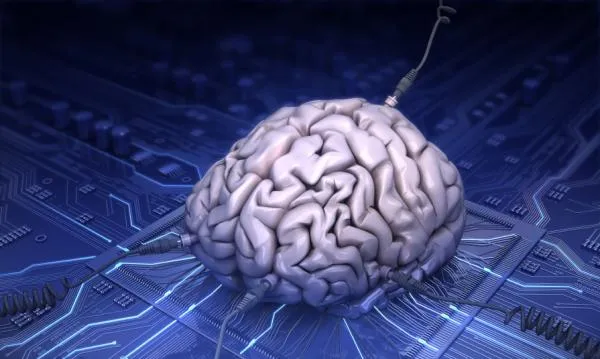
The Internet is everywhere - it's all around us and it seems like we're accessing it at all times.
But what if we could connect our own brains to the internet?
This is a theory that has been part of many science fiction stories and movies, and even projects like Elon Musk's Neural Lace and the 2045 Initiative are confident that we will soon be able to upload our brains to the Internet.
Even better, we might be able to download information on to our brains - whether that's a new language, factual data, or anything else.
Now, it seems like we are closer to this goal than ever.
For the first time in history, a research team from South Africa has managed to connect a human brain to the internet in real time!
Welcome to the "Brainternet"
The project from Wits University in Johannesburg, South Africa is called "Brainternet" and the study results have been released yesterday in medical express.
By streaming the user's brainwaives onto the internet, it basically turns the human brain into an Internet of Things (IoT) node on the World Wide Web.
Brainternet is a new frontier in brain-computer interface systems. There is a lack of easily understood data about how a human brain works and processes information. Brainternet seeks to simplify a person’s understanding of their own brain and the brains of others. It does this through continuous monitoring of brain activity as well as enabling some interactivity.-Adam Pantanowitz, project supervisor

How does it work?
The researchers have been using an Emotiv Epoc device to pick up electroencephalogram (EEG) brainwave signals.
It's a wireless EEG device and revolutionary Neuroheadset (I'll actually write an exclusive post about this device soon, stay tuned!) which can read the users' brainwaves and display them on a connected computer.
The researchers from Johannesburg then converted the EEG signals in an open source brain livestream.
While the user wears the Emotiv Neuroheadset, the EEG signals are transmitted to a small Raspberry Pi computer, which then transfers the data to an application programming interface in real time.
Then, the data gets displayed on an open website that acts as a portal, and the public could visit the site and observe the user's brain activity in real time.

Future Outlook
Of course, this is only a baby step in the right direction.
Right now, the website connected to the brainwaves only has limited functionality - currently, it works with simple stimuli like arm movements.
But this is only the beginning and there are countless other possibilities for the future.
Supervisor Pantanowitz stated that the team will now focus on more interaction between the user and their brain, so that he can provide a stimulus and see the response in real time.
In the near future, they could even classify recordings through a smartphone app which would provide data for machine learning algorithms.
And there is even the possibility to enable information transfer in both directions - inputs and outputs to the brain!


© Sirwinchester
